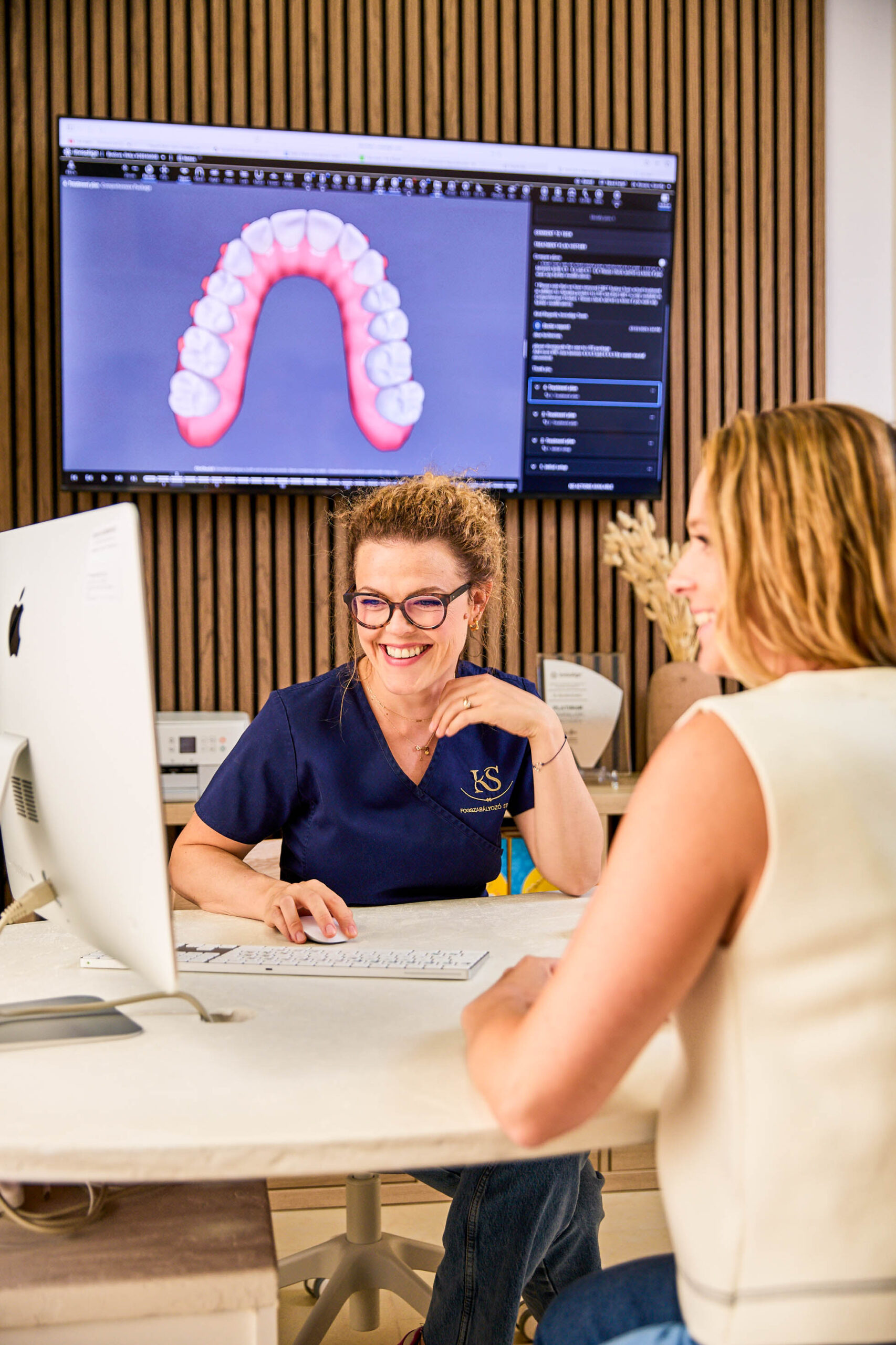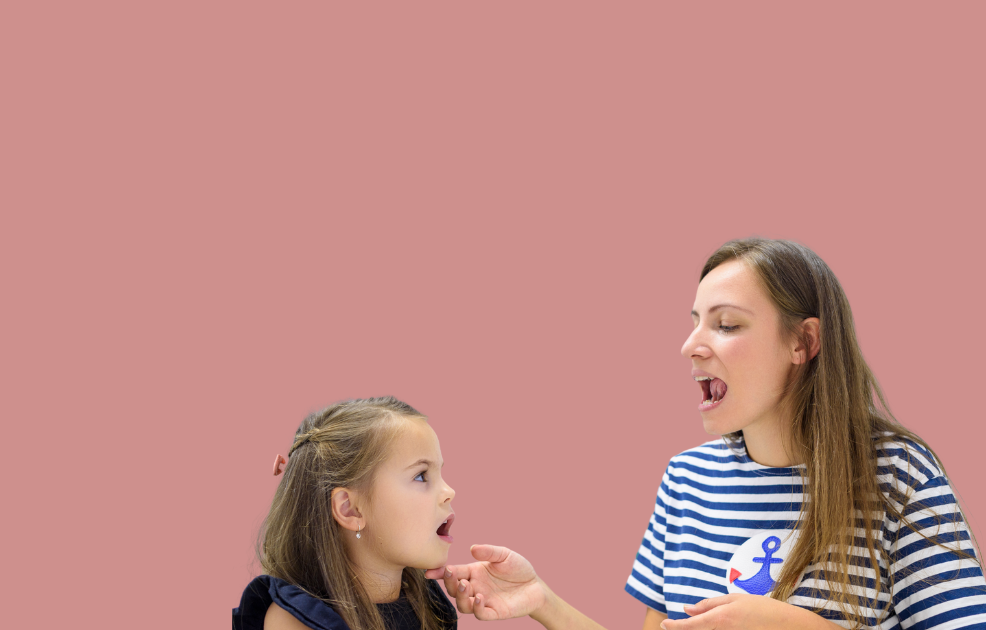Swallowing consists of two phases:
- a volitional oral (chewing, chopping, backing a bite),
- and a much faster, more reflexive faringeal (larynx rises, airways close, the bite passes into the oesophagus and then into the stomach).
If the problem is seen at some stages of the oral phase, it is called tongue thrust swallowing (myofunctional dysfunction), a type of muscle dysfunction.
What could go wrong?
Among other things, trivialising the problem can slow down or even make orthodontic treatment unsuccessful.
Which age group is affected by tongue thrust swallowing?
For children and adults alike.
Who should not (yet) have a swallowing correction?
- Under 6 years young childrento
- for those who have not yet been able to give up the faulty habits that support swallowingabout: pacifier sucking, finger sucking, nail biting, pencil biting...
- who have some kind of due to a lesion cannot breathe through their nose (common colds, adenoids, allergies)
- who are not motivatedor are unable to devote at least 3-4 months to therapy (about 10-30 minutes of daily practice is required.)
What happens in therapy?
- We strengthen, stretch and mobilise the muscle groups needed for correct swallowing.
- We develop nasal breathing.
- We strengthen body awareness.
- We habituate the language to the correct resting position and then automate in this area.
- We correct articulation errors that prevent correct swallowing.
When should I start tongue thrust therapy?
You should start during your orthodontic treatment.
How frequent is the therapy and how long is it expected to last?
The duration of tongue thrust therapy depends on the amount and "stubbornness" of the symptoms present, the associated articulation errors, etc... But mostly it depends on the patient's motivation and the regularity of the practice at home. We usually meet once a week for 4-6 months.
Why should you tackle the problem as soon as possible?
We swallow approximately 2,000 times a day, and if we don't swallow properly, it will affect our teeth, face, muscles and posture in the long term. Azoning in on the correct way of swallowing also supports the success and durability of orthodontic treatment.
Who should you contact?
Antónia Paula Hauptman-Tőkés a tongue-lashing swallowing therapist, a valuable member of our team.
Do you have any questions about tongue thrust therapy? Make an appointment directly with a specialist for a personal consultation by sending a message to nyelvlokesesnyeles.terapia@gmail.com at.







